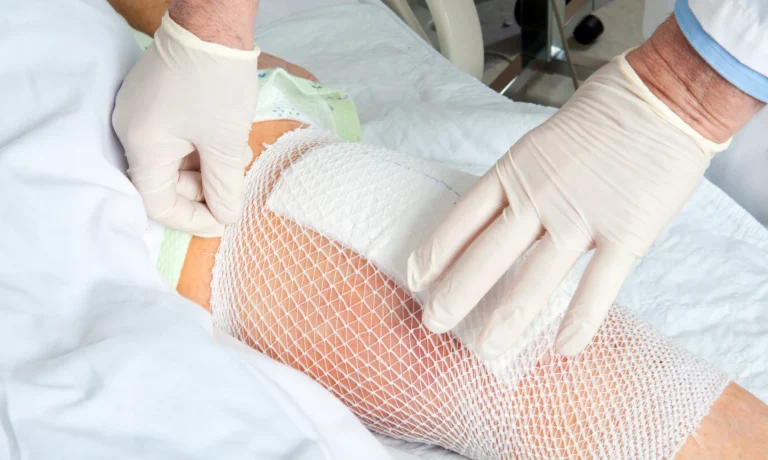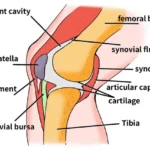The Role of Infection Prevention in Surgery
One of the most significant advancements in twentieth-century surgery has been the development of strategies to minimize the risk of infection during and after procedures. While every surgical intervention, no matter how minor, carries some level of infection risk, the likelihood varies depending on the procedure’s complexity. Simple procedures, like using a needle to extract joint fluid or administer medications, pose minimal risk. In contrast, complex surgeries involving larger incisions or prolonged skin exposure carry a greater risk. Surgeries that involve implanting foreign materials, such as metal plates or artificial joints, demand meticulous care to ensure these items do not introduce infection. Preventing infection is a cornerstone of surgical care, and healthcare teams prioritize it at every step.
Infection Prevention Starts Before Surgery
The process of infection prevention begins well before entering the operating room. Surgeons ensure that any existing infections, such as skin or urinary tract infections, are resolved before proceeding with surgery. If an active infection is detected, the procedure may be postponed until the issue is effectively treated.
Preoperative Steps to Reduce Infection Risk
On the day of your surgery, you may be instructed to shower with antibacterial soap to reduce the number of bacteria on your skin. Before making the incision, the surgical area will be cleansed and prepped with a disinfectant, such as iodine. Depending on the type of surgery, a dose of antibiotics may be administered beforehand. While low-risk procedures often do not require prophylactic antibiotics, many orthopedic surgeries—especially those involving implants—do, as they carry a higher risk of infection.
Maintaining Sterility During Surgery
Strict sterile techniques are followed throughout the operation to minimize infection risks. Surgeries are conducted in specialized sterile environments designed to prevent contamination. All surgical tools and equipment are thoroughly sterilized to ensure the procedure is carried out under optimal conditions.
Postoperative Wound Care and Infection Prevention
Before you leave the operating room, your wound dressing will be applied under sterile conditions. This dressing acts as a vital barrier against infection while your incision heals and seals itself, typically within the first few days. If the incision continues to drain, it can serve as a pathway for germs to enter the wound. The dressing should remain in place until all drainage stops and the incision is fully sealed.
Antibiotics and Bandage Care After Surgery
To minimize the risk of infection, antibiotics may be prescribed for 24 to 72 hours after surgery. While in the hospital or surgery center, your healthcare team will ensure your bandage stays dry and clean. A soaked or dirty bandage can provide a route for germs to access the wound. If your bandage becomes saturated, notify your nurse immediately. Before you are discharged, you will receive instructions on how to care for your incision. If additional drainage occurs after returning home, change the dressing and inform your nurse promptly.
Hygiene Practices to Prevent Infection
Handwashing is critical during wound care. Both you and your healthcare team should wash hands thoroughly before changing the bandage. Additionally, if you notice signs of infection elsewhere in your body, notify your doctor immediately, as infections can spread and complicate the surgical site.
Guidelines for Proper Incision Care
- Wash your hands thoroughly before handling the bandage.
- Change your bandage according to your healthcare provider’s instructions.
- Avoid wetting the incision unless explicitly permitted by your doctor.
- Do not apply medications to the incision unless instructed by your doctor.
- Refrain from scratching or picking at the incision site.
Warning Signs of Infection
Contact your doctor immediately if you experience any of the following:
- Fever
- Increased redness or swelling around the incision
- Prolonged drainage from the wound (more than five days post-surgery)
- Cloudy, yellow, or foul-smelling drainage
- Pain that intensifies and becomes persistent





